Giant Planet Should Not Exist And Is Baffling Scientists
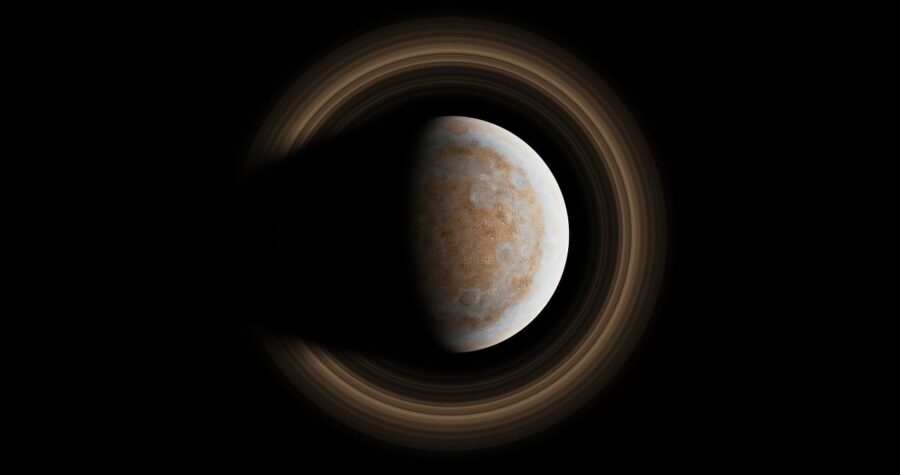
Astronomers have recently discovered a giant planet that is too large for the star it orbits. Writing for ScienceAlert, one of these astronomers, Suvrath Mahadevan, likens the discovery to that of a farmer finding an ostrich egg among the eggs they are gathering from their chicken coop.
The star around which the planet orbits is an M star, which has only about one 100th the luminosity of our Sun at about one-ninth its size.
13 Times Size Of Earth
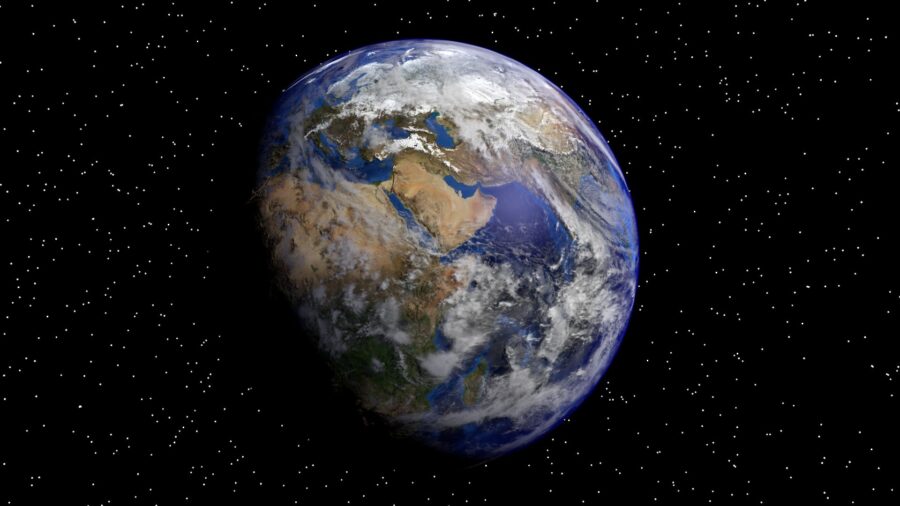
Incredibly, however, it hosts a giant planet in its orbit with 13 times the mass of Earth—a seemingly impossible feat for such a cool, dim star.
At its size, the red star should not have enough material for such a huge planet in its planet-forming disc.
Mahadevan and his team at Penn State spent the past ten years designing and building an instrument that can detect near-infrared light of the type emitted by such stars.
Habitable Zone Planet Finder
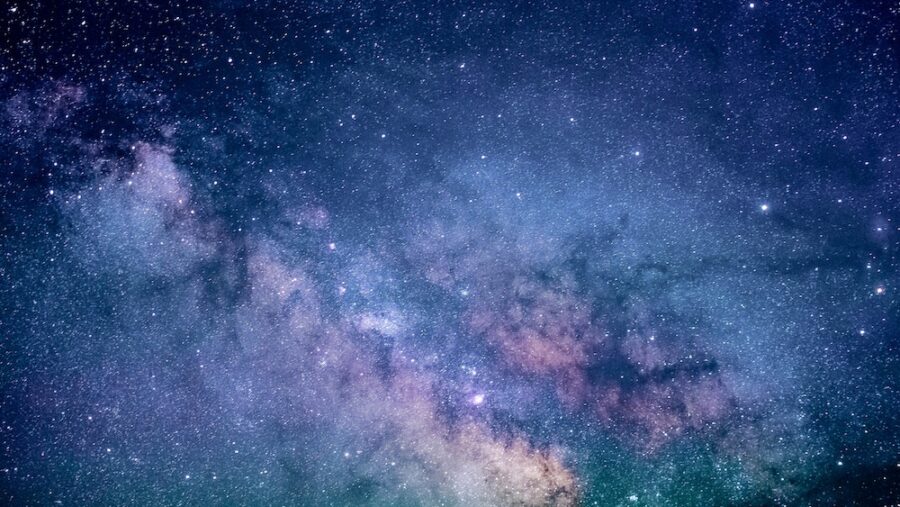
This instrument is what the team used to find the giant planet and its star. Located in West Texas and attached to the 10-meter Hobby-Eberly Telescope, the instrument is known as the Habitable Zone Planet Finder and can measure slight changes that occur in the velocity of a star due to the gravitational pull of a planet.
This method, called the Doppler radial velocity technique, is an excellent tool for allowing scientists to detect exoplanets, planet-sized bodies that orbit stars other than our Sun.
Finding Planets With Water
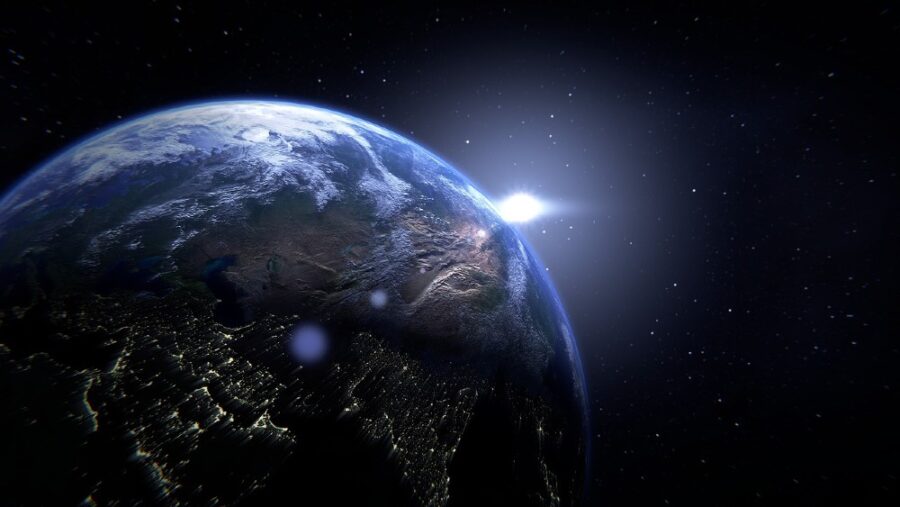
This new giant planet was discovered as part of continuing efforts to locate rocky planets orbiting other stars capable of sustaining liquid water, an essential element for life.
Though the Doppler technique is not yet refined to such a degree that it can locate Earth-like planets around stars with similar mass to that of our Sun, an exoplanet similar in size to Earth is easier to detect when it orbits a cooler and dimmer M star.
These planets have a larger Doppler signature relative to the stars they orbit.
Should Not Exist
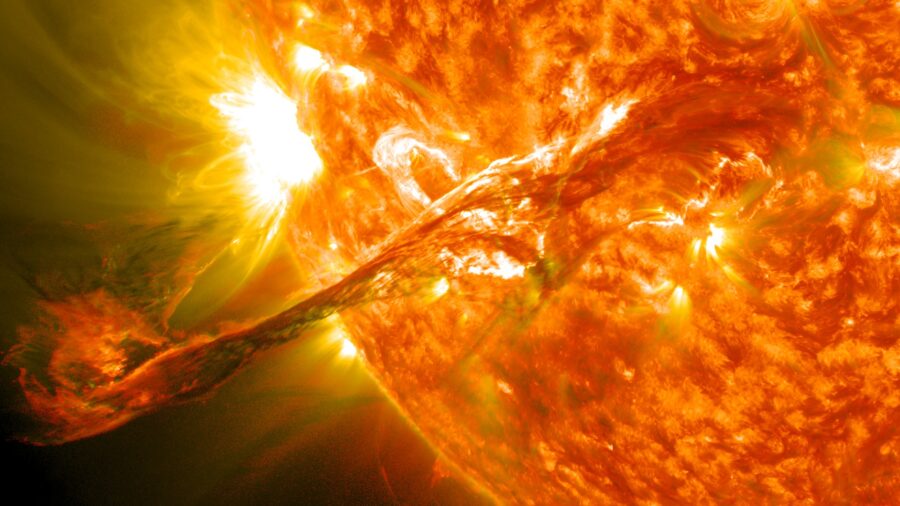
The giant planet found by Mahadevan and his team is closely orbiting the M Star LHS 3154 and as a designated LHS 3154b.
It should not exist because of how planets are formed, from discs of dust and gas that pull together to grow into larger and larger pieces until a planetary core is formed.
This then begins the process of core accretion, which is how planets pull particles and gasses together that eventually make up their planetary composition and atmosphere.
Low-Mass Star
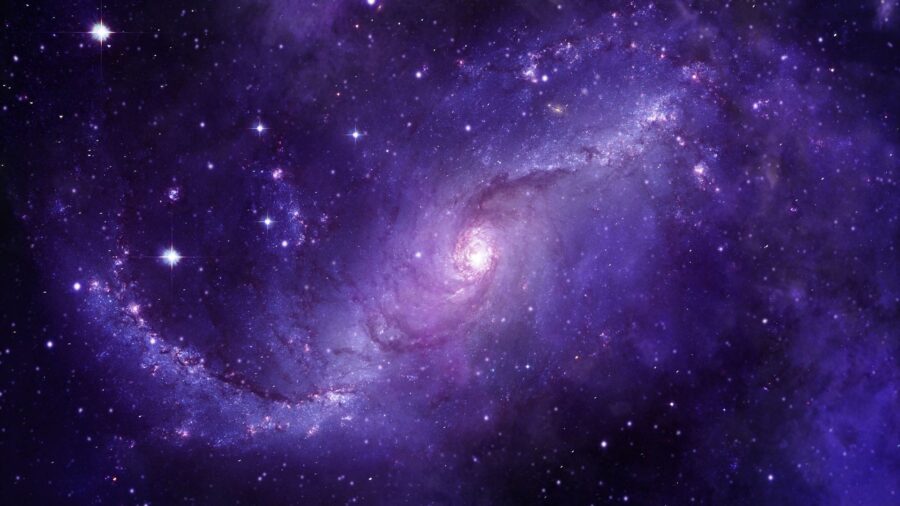
But the giant planet LHS 3154b seems impossibly large for the amount of material found in a disc that would typically orbit such a low-mass star.
Most discs that would orbit such a star would not have enough mass to create a planet. That means the disc that would have formed LHS 3154b would, according to the team’s computer modeling, need 10 times the mass of the type of disc one would expect to find around a star as small and cool as LHS 3154.
Finding Life
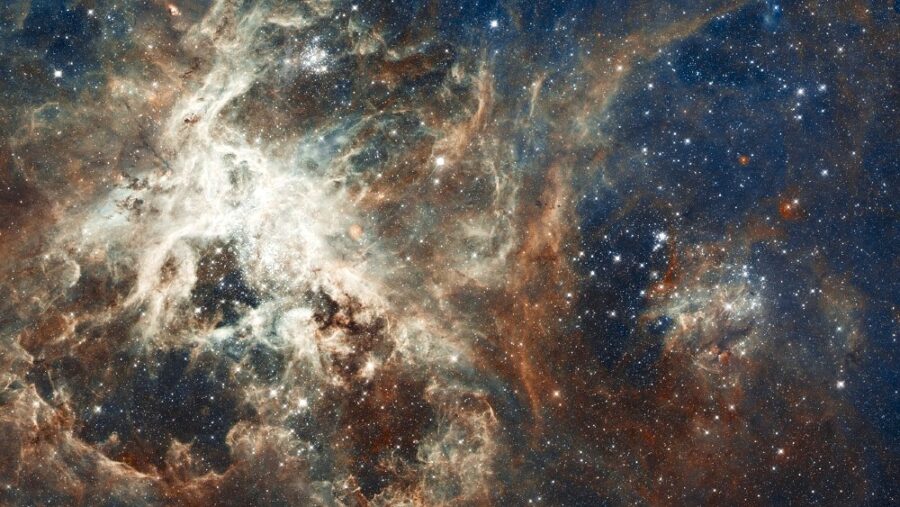
Astronomers know no other such giant planets orbiting M stars, but further research could reveal more.
As Mahadevan and his team continue to refine their techniques, they hope to learn more about the formation of planets and continue the quest for life outside our solar system.












